
We held the event at Albert Park in the College Park neighborhood of Orlando. We expected about 30 solar enthusiants to show up all day. We were pleasantly surprised to have over 150 people attend!
The event was hosted by the Central Florida Renewable Energy Society. The League of Conservation Voters, Sierra Club, and All Solar co-sponsored the event. Sierra and LCV discussed issues relating to alternative energy and the environment while All Solar had several solar panels on display.
Here are just a few shots from throughout the day:
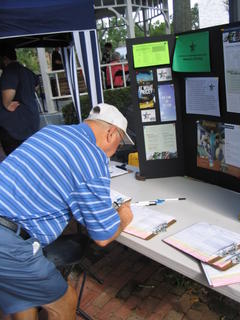
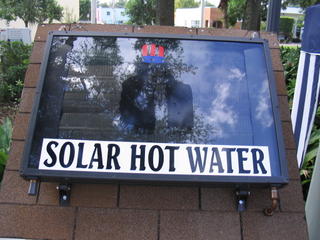
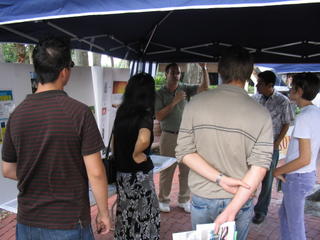
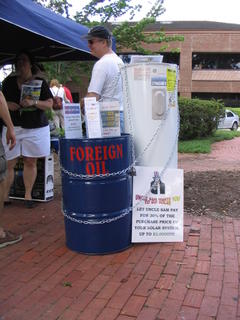
Solar Energy
Frequently Asked Questions
Q: How can we get electricity from the sun?
A: When certain semiconducting materials, such as certain kinds of silicon, are exposed to sunlight they release small amounts of electricity. This process is known as the photoelectric effect. The photoelectric effect refers to the emission, or ejection, of electrons from the surface of a metal in response to light. It is the basic physical process in which a solar electric or photovoltaic (PV) cell converts sunlight to electricity.
Q: What are the components of a photovoltaic (PV) system?
A: A PV system is made up of different components. These include PV modules (groups of PV cells), which are commonly called PV panels; an inverter to change direct current (DC) into alternating currect (AC) for a utility-grid-connected system; batteries and charge regulator or controller for a stand-alone system; wiring; and mounting hardware or a framework.
Q: How long do photovoltaic (PV) systems last?
A: A PV system that is designed, installed, and maintained well will operate for more than 20 years. The basic PV module (interconnected, enclosed panel of PV cells) has no moving parts and can last more than 30 years. The best way to ensure and extend the life and effectiveness of your PV system is by having it installed and maintained properly.
Q: What is the difference between PV and other solar energy technologies?
A: There are four main types of solar energy technologies:
- Photovoltaic (PV) Systems, which convert sunlight directly to electricity by means of PV cells made of semiconductor materials.
- Concentrating Solar Power (CSP) Systems, which concentrate the sun's energy using reflective devices such as troughs or mirror panels to produce heat that is then used to generate electricity.
- Solar Thermal Water Heating Systems, which contain a solar collector that faces the sun and either heats water directly or heats a "working fluid" that, in turn, is used to heat water.
- Transpired Solar Collectors, or "solar walls," which use solar energy to preheat ventilation air for a building.
For more visit the Department of Energy website at www.energy.gov
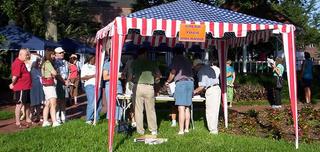
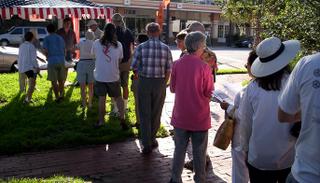
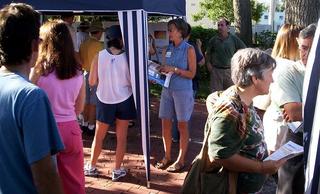

No comments:
Post a Comment